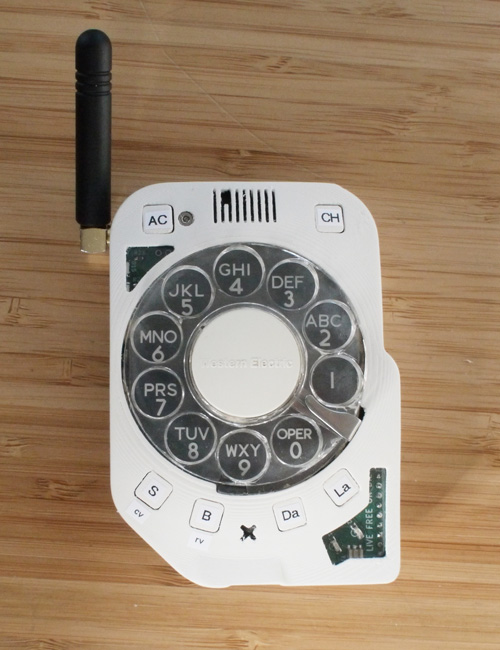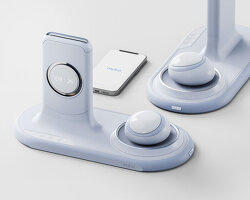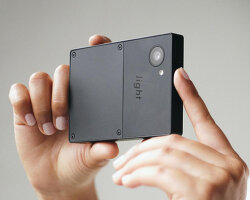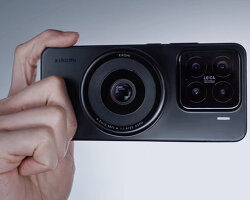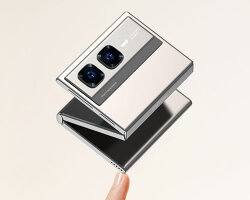a working mobile that uses a rotary dial to make calls proposes a simpler cellphone with less distractions. the novel ‘rotary cellphone’, created by justine haupt, who works as an astronomy instrumentation engineer at brookhaven national laboratory in new york, merges parts from an old trimline telephone with a 3D-printed casing.
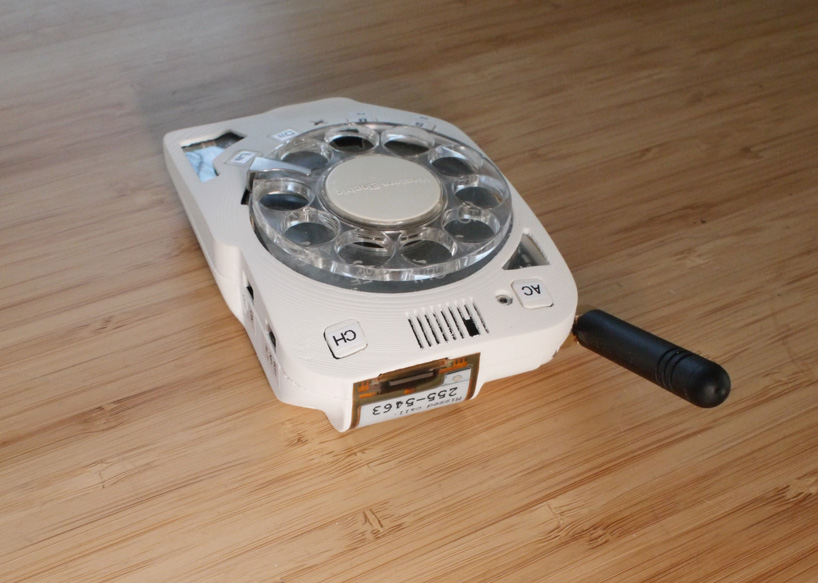
images courtesy of justine haupt
haupt has published a detailed look at how she paired the old rotary mechanism with a microctronoller and an adafruit fona 3G cell transceiver. it offers excellent reception and battery level thanks to an led bargraph and a low-energy e-ink display that functions as a caller ID.
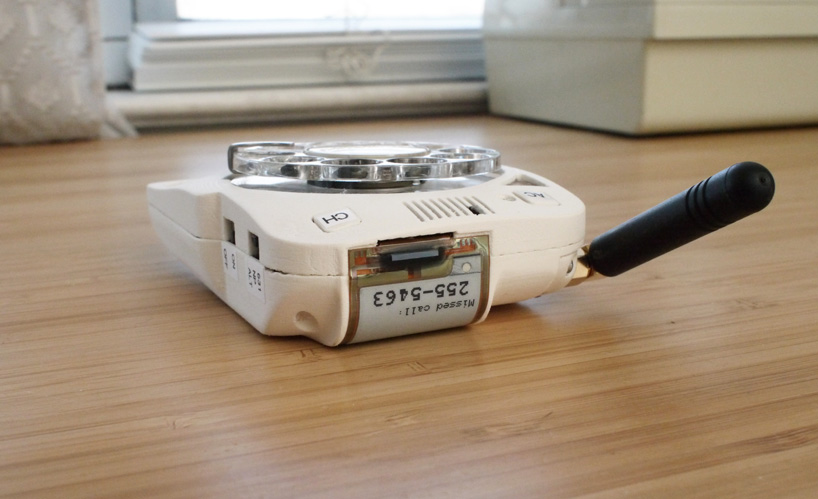
whilst the phone’s rotary dial provides a uniquely tactile dialing experience, haupt has installed speed-dial buttons for those more time-conscious moments. it also features a sliding power switch that does away with having to hold down the power button on contemporary models.
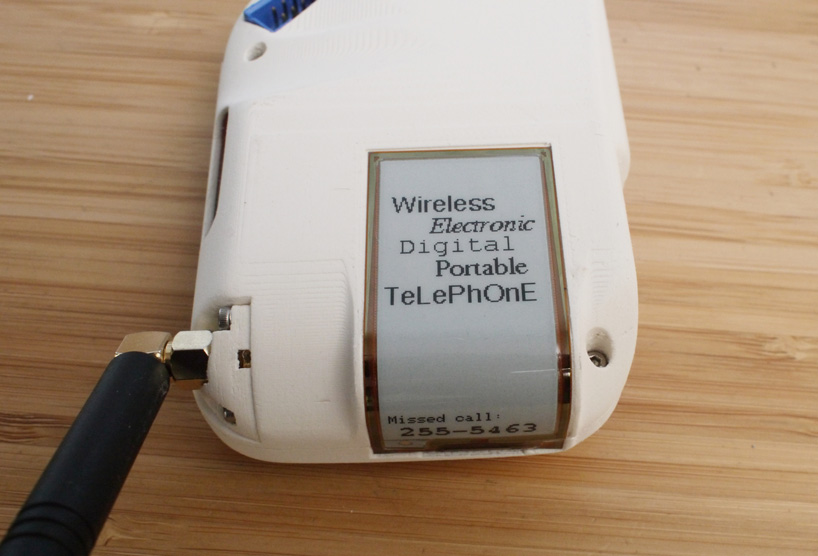
‘why a rotary cellphone?’ asks haupt. ‘because in a finicky, annoying, touchscreen world of hyperconnected people using phones they have no control over or understanding of, I wanted something that would be entirely mine, personal, and absolutely tactile, while also giving me an excuse for not texting.’

‘the point isn’t to use the rotary dial every single time I want to make a call, which would get tiresome for daily use. the people I call most often are stored, and if I have to dial a new number or do something like set the volume, then I can use the fun and satisfying-to-use rotary dial.’
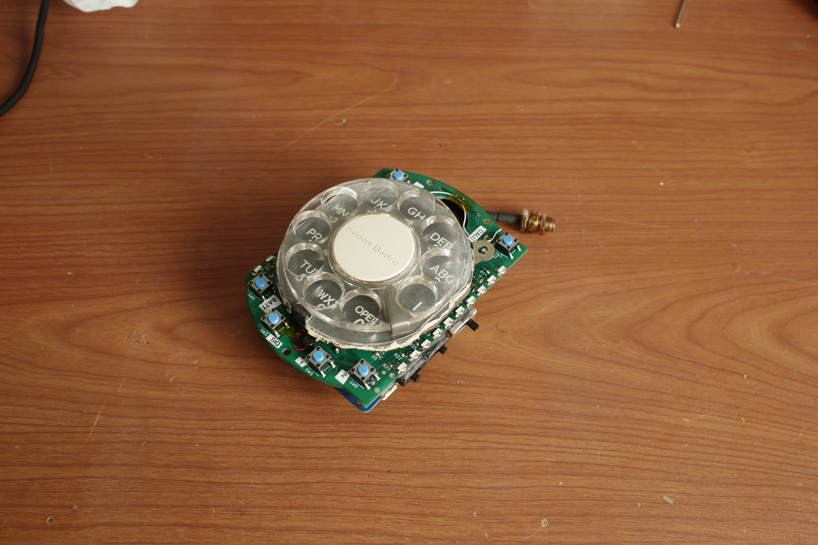
‘the point isn’t to be anachronistic. it’s to show that it’s possible to have a perfectly usable phone that goes as far from having a touchscreen as I can imagine, and which in some ways may actually be more functional.’
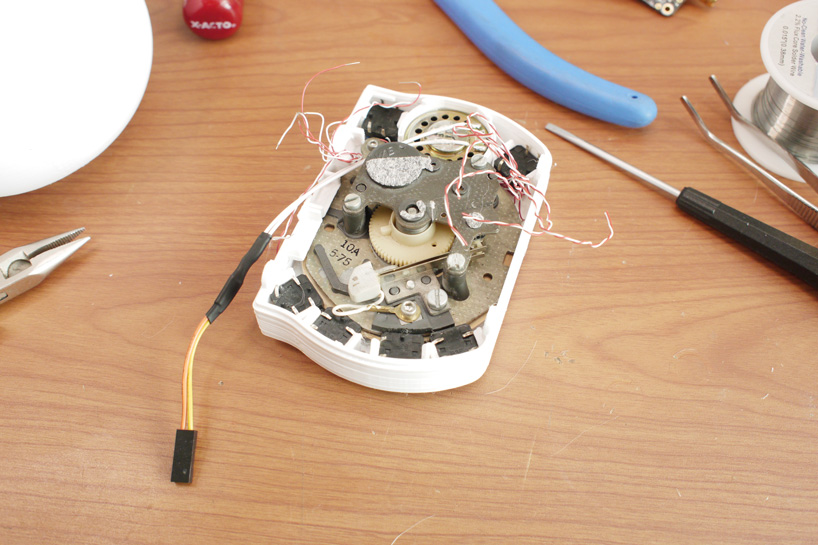
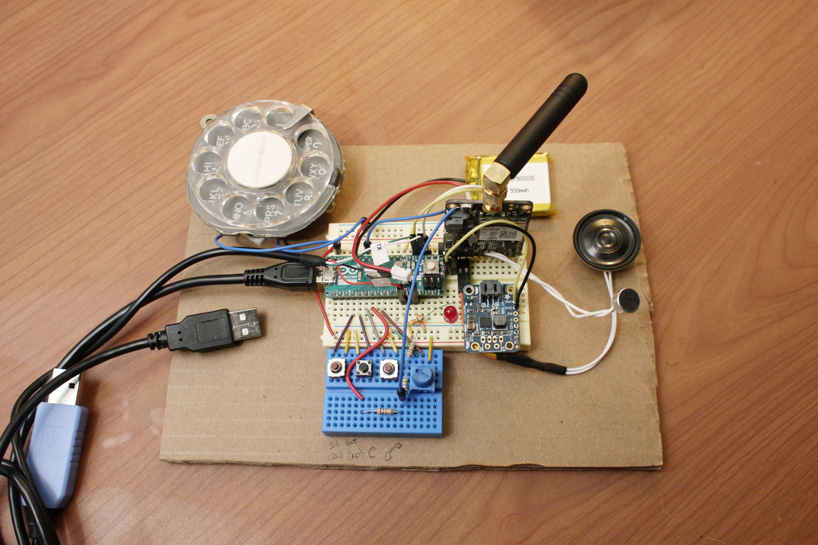
project info
designer: justine haupt
type: rotary cellphone
